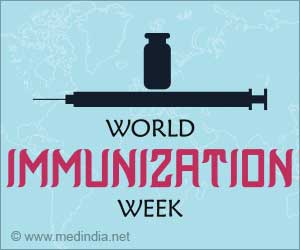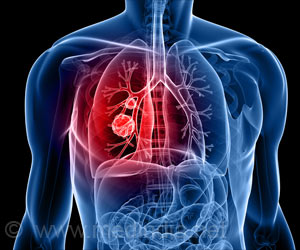A chemical toolkit for manipulating mitochondria has been developed by a team of scientists from Harvard Medical School and Broad Institute.
Lead researcher Dr. Vamsi Mootha says this toolkit isolates five primary aspects of mitochondrial function, which may reveal why some commonly used drugs have particular side effects.During the study, the researchers used their toolkit to analyse the effects of about 2,500 chemical compounds, many of which are FDA-approved, on mitochondrial activity.
The research team mainly focussed on the effects of such compounds on five basic features of mitochondria activity—namely mitochondrial toxic byproducts, energy levels, speed with which substances pass through these organelles, membrane voltage, and expression of key mitochondrial and nuclear genes.
The investigations carried out by the researchers produced three major findings, one of which was a pathway by which the mitochondria and the cell’s nuclear genome communicate with each other.
Mootha said that that discovery resulted from the finding that certain drugs actually broke communication between the two genomes. According to him, by reverse engineering the drugs’ toxic effects, they might be able to reconstruct normal function.
Secondly, the research team discovered that three of the six cholesterol-lowering drugs called statins—Fluvastatin, Lovastatin, and Simvastatin—interfered with mitochondria energy levels, as did the blood-pressure drug Propranolol. When the two medications were combined, the effect was worse.
Advertisement
The third and arguably most clinically relevant finding builds on previous studies that linked type 2 diabetes with a decrease in the expression of mitochondrial genes as well as an increase in mitochondrial toxic byproducts.
Advertisement
Source-ANI
SUN/K





